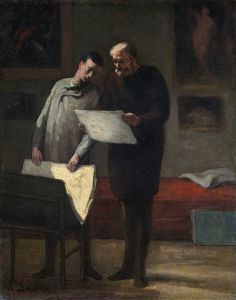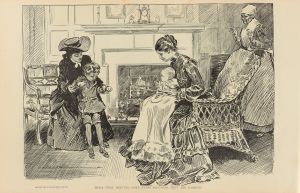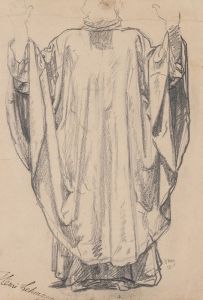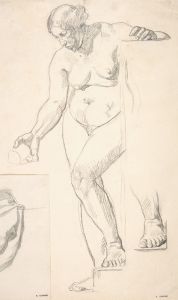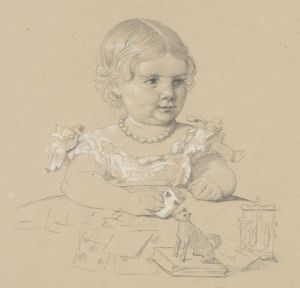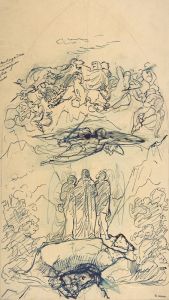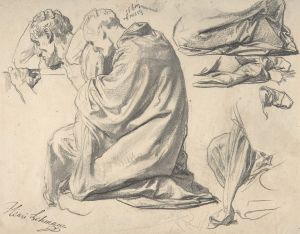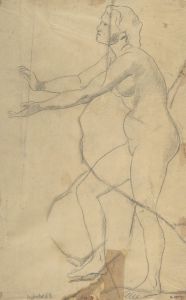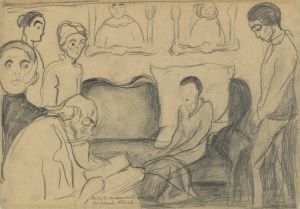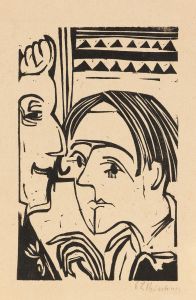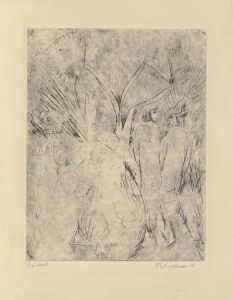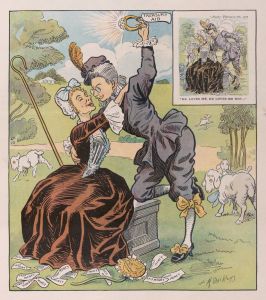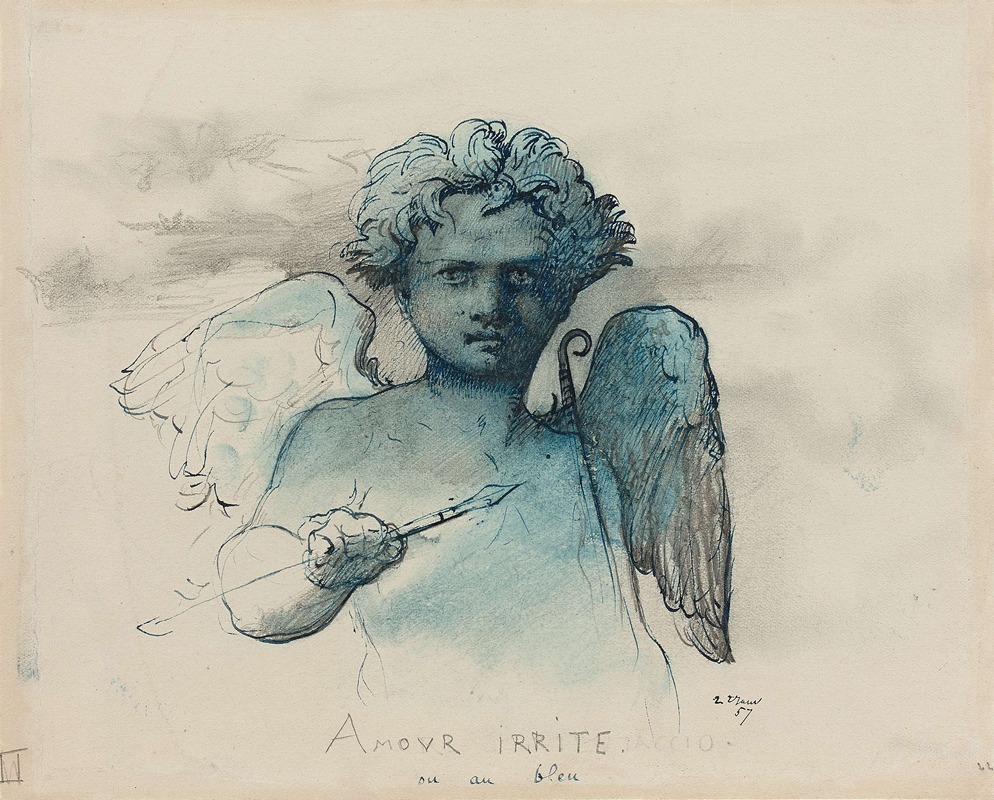
Amour irrité
A hand-painted replica of Henri Lehmann’s masterpiece Amour irrité, meticulously crafted by professional artists to capture the true essence of the original. Each piece is created with museum-quality canvas and rare mineral pigments, carefully painted by experienced artists with delicate brushstrokes and rich, layered colors to perfectly recreate the texture of the original artwork. Unlike machine-printed reproductions, this hand-painted version brings the painting to life, infused with the artist’s emotions and skill in every stroke. Whether for personal collection or home decoration, it instantly elevates the artistic atmosphere of any space.
Henri Lehmann's Amour irrité is a painting created by the French artist Henri Lehmann, a prominent figure in 19th-century academic art. Lehmann, born in 1814 in Kiel, Germany, and later naturalized as a French citizen, was a student of the renowned painter Jean-Auguste-Dominique Ingres. He became known for his portraits, historical scenes, and allegorical works, often characterized by their meticulous detail and adherence to classical traditions.
Amour irrité (translated as "Irritated Love") is an allegorical depiction of the figure of Cupid, the Roman god of love, in a moment of frustration or anger. The painting reflects Lehmann's mastery of academic techniques, particularly his ability to render the human form with precision and grace. The work is notable for its delicate use of color and light, which enhances the emotional intensity of the scene. Cupid is portrayed with his traditional attributes, such as wings and a quiver of arrows, though the exact composition of the painting is not widely documented.
The painting is often associated with the Romantic and Neoclassical movements, which were influential during Lehmann's career. These styles emphasized emotion, mythology, and a return to classical ideals, all of which are evident in Amour irrité. Lehmann's training under Ingres is also apparent in the work's refined lines and harmonious composition.
While Amour irrité is not as widely known as some of Lehmann's other works, such as his portraits of prominent figures or his contributions to the decoration of public buildings in Paris, it remains an example of his skill in blending technical precision with emotional depth. The painting is part of Lehmann's broader oeuvre, which includes both large-scale public commissions and more intimate, personal works.
The current location of Amour irrité is not well-documented, and it is unclear whether it is held in a public collection or remains in private hands. Lehmann's works can be found in institutions such as the Louvre and the Musée d'Orsay in Paris, but specific details about this painting's provenance or exhibition history are scarce.
Henri Lehmann passed away in 1882, leaving behind a legacy as a respected academic painter. His works continue to be studied for their technical excellence and their reflection of 19th-century artistic trends. Amour irrité is a testament to his ability to convey complex emotions through the lens of classical mythology.





